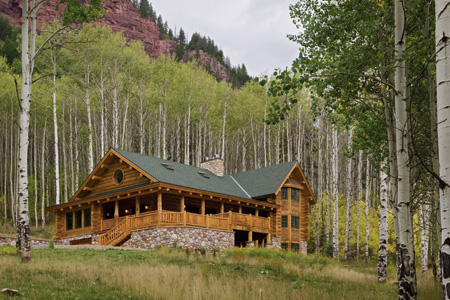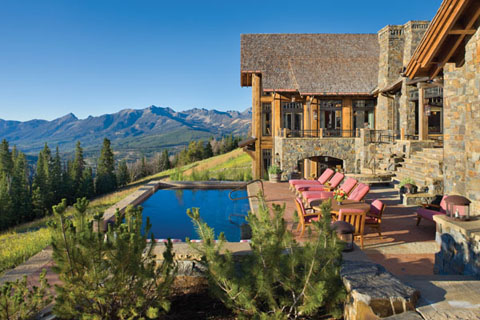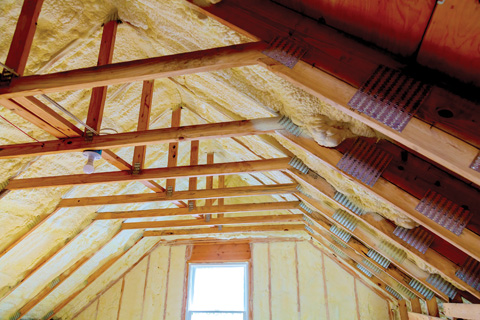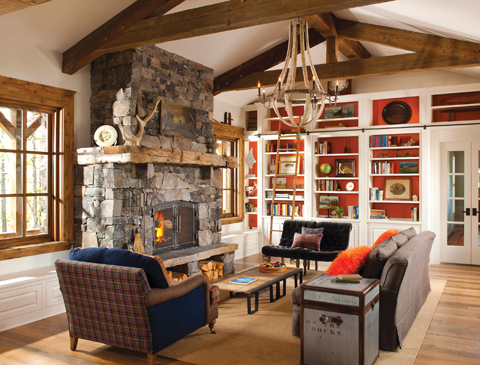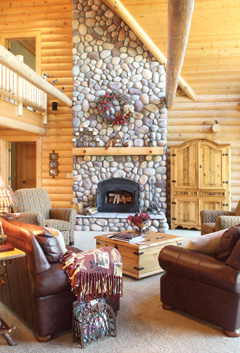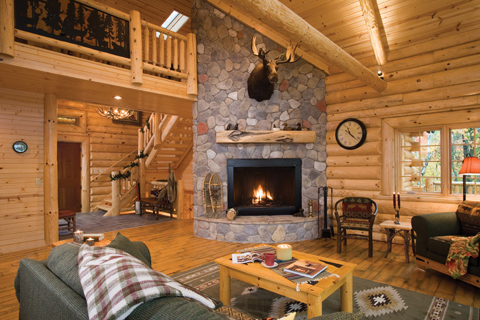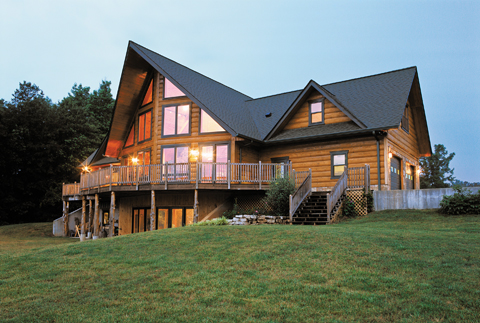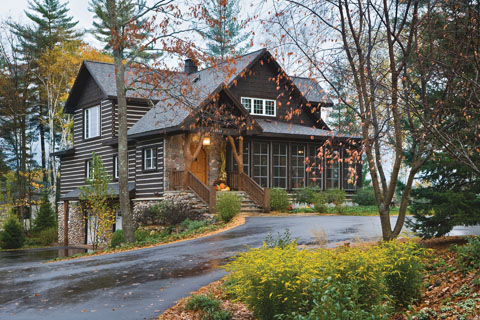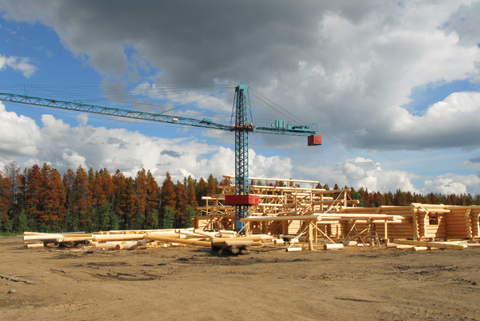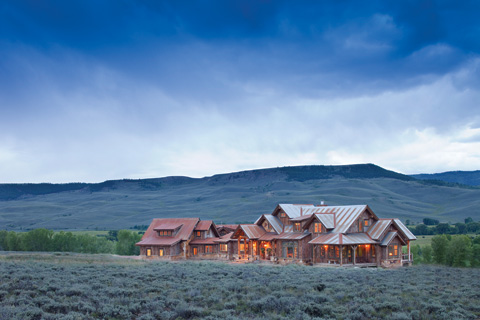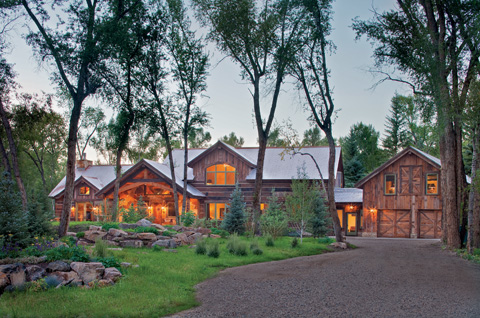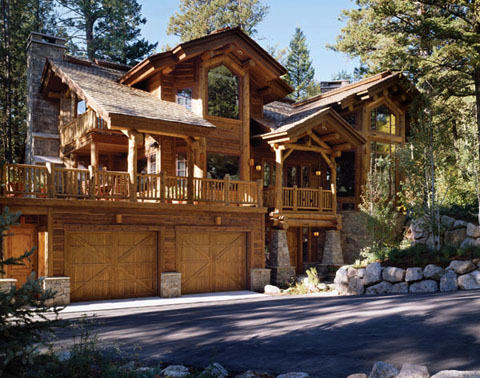You have dreamed about living in a log home for years. You have collected photos and stashed away log company floorplans and magazine clips. You’ve probably done a lot of the fun stuff, but have you thought about how you’re going to pay for this dream? If you are like most Americans, you will have to take out a mortgage to pay for your dream home. And, with a brand-new log home, you will also have to take out a loan to get it built. To be better prepared before yo…
